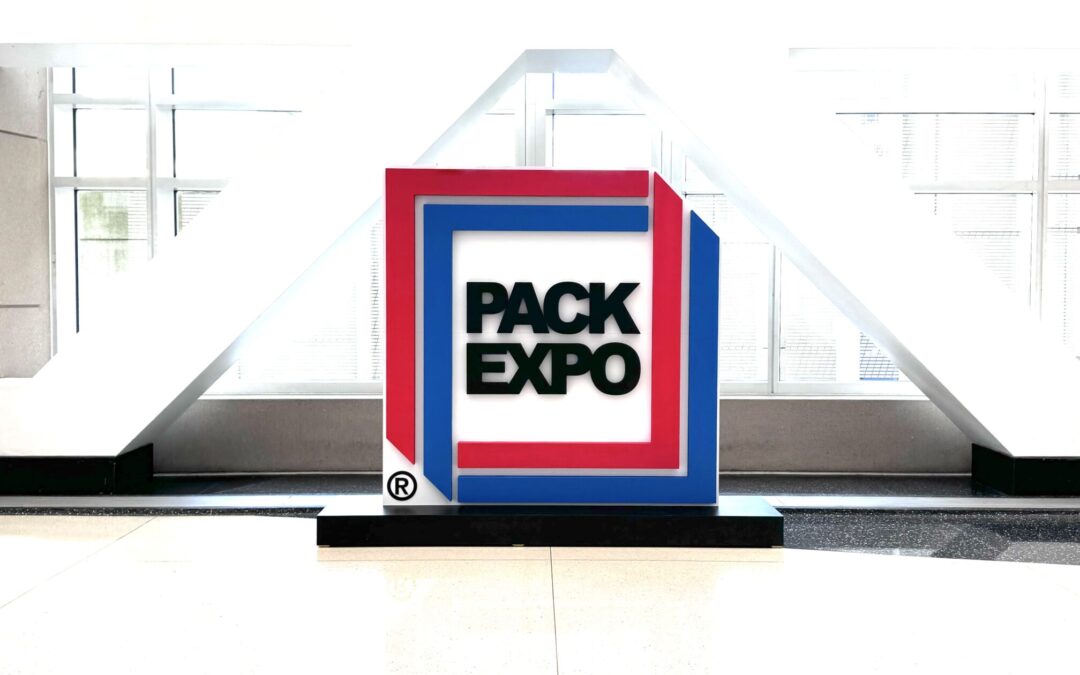The pharmaceutical manufacturing industry use various containers to protect contents, such as saline or drug preparations, from outside air and contamination. HVLD and pinhole inspection keep critical contents safer for final delivery.
Testing can be conducted on ampoules from 1 ml to 30 ml at speeds up to 400 per minute and on vials from 2 ml to 50 ml up to 400 ampoules per minute.
Various sizes of sachets can be tested with brush electrodes at a single inspection station.
Blow Fill Seal (BFS) cards can be tested at up to 125 cards per minute.
Testing can be conducted on pre-filled syringes of 1 ml, 2 ml and 5 ml sizes at speeds of up to 300 per minute.
Up to 120 IV bags per minute can be tested in sizes ranging from 50 ml to1000 ml.
For most applications, size changeovers can be made very quickly, in about 10 to 20 minutes, depending on the type of container being tested.
The Nikka Densok USA Difference
Dye immersion and microbial immersion were once two leading methods for CCIT. Both methods are destructive and subject to variation. Non-destructive methods for CCIT are preferred according to guidance released by the United States Pharmacopeia (USP) in 2016.
Nikka Densok uses proprietary HVLD technology to identify cracks and ≥5 micron pinholes. This method offers a non-destructive, consistent and accurate method for leak detection. The technology does not contaminate the container being tested and is non-invasive.
Nikka Densok’s HVLD technology can easily be connected to upstream and downstream equipment.
Nikka Densok recently unveiled a new high speed HVLD system (HDS-AT6) for prefilled syringes.
Visit Nikka Densok at the 2024 PACK EXPO Conference This Week at Booth W-17065
Healthcare Packaging Pavilion, West Building, Level 3 – Exhibit Hall F1& F2
For more than 30 years, Nikka Densok Ltd. has been a global provider of Leak Detection Equipment designed for a variety of pharmaceutical packaging ranging from laboratory use to fully integrated production applications.

